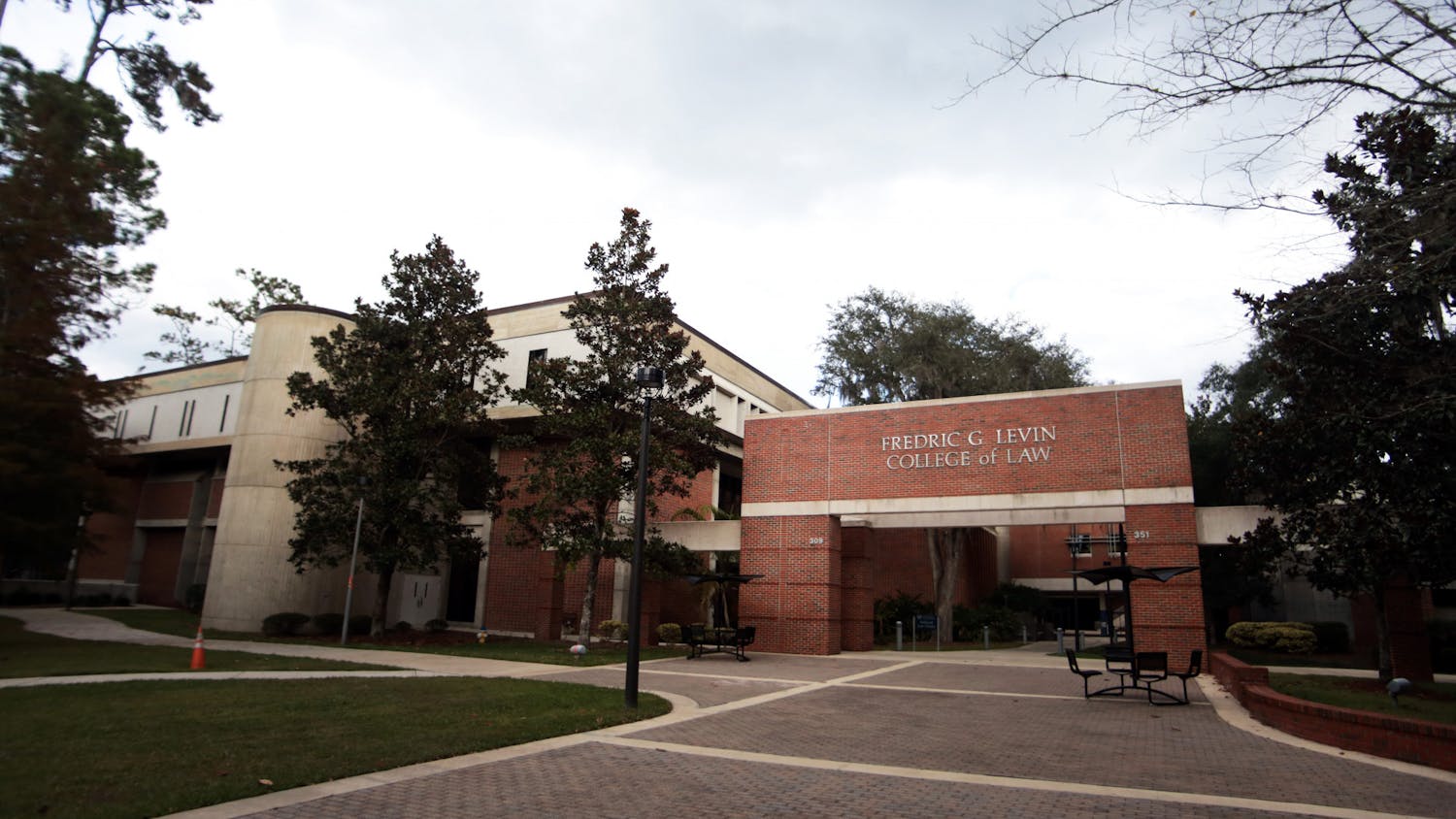Like fish that don’t know they’re in water, we don’t often think about how the structure of our world shapes our behavior. This week I’d like to take a look at how capitalism affects the way we measure value. To do that, we’ll first travel to the art world.
Consider for a moment your high-school English class. Courses in literature or art appreciation are the result of a strange cognitive dissonance within our culture. On one hand, we seem to have an understanding that art can be an invaluable part of the human experience. On the other hand, a culture which measures value by the exchange of goods tends to be uncomfortable with subjects that aren't easily quantifiable. English classes are never sold as presenting you with good books and plays because they are enjoyable, but are instead reassuring you of the services they provide by teaching critical thinking and art interpretation.
Interpretation has long served as capitalism’s way of justifying art. Art in a capitalist society is, quite simply, that which cannot be sold as anything else. A particularly well-designed car is, for all its beauty, nevertheless sold as a car. Despite lacking in pragmatic value, however, art must still be sold in order for artists make more art, because, as stated earlier, we feel that art is somehow important, even if we can’t explain why. The job of interpretation is to render art into merchandise by providing us with a more tangible value. This is why every novel is said to “explore issues,” paintings are sold as “telling a narrative,” and every sculpture “reinterprets” the latest trends. We must be able to say our art is performing a service to us or the community at large, because we are more comfortable paying for services than for what art really provides us: a visceral emotional reaction or a unique experience.
The same forces that plague the art world are at work in our personal lives. We have become notorious multitaskers, and in fact countless people report feelings of anxiety when they are not being “productive.” This is just the latest manifestation of a centuries-old obsession with quantifying the value of time. But where did we get this idea of time as something to be “spent” or “wasted?” It's an inherently capitalistic notion, and it assumes time itself has a constant and measurable value. We strive to be productive — that is, to maximize product. This is the kind of thinking that drives factory managers, but is our life’s highest purpose really to generate some product? As with art, we can’t measure the value of time, so we impose upon it a series of services that we can say it provides us. Every moment we must be working toward our goals or self-improvement, otherwise we can’t point to what that time has done for us. We assume it was wasted.
Our lives aren’t a business, but just as a man with a hammer sees only nails, our culture has given us one tool, and it filters the way we see our world. This isn’t to say nothing good comes of managing one’s time, or no piece of art is genuinely trying to communicate a message. The tragic part of high-school English classes has never been learning to read critically; It is that, when forced to assess the value of literature based on messages we impose upon it, so many young people learn to hate reading. When we are forced to treat everything as a product, to assess time or beauty based on what service we can force it to perform, we lose sight of what we can truly get out of these things, the joys of life that are not measurable, that can’t be quantified or manufactured or bought.
David Billig is a UF linguistic master’s student. His column appears on Wednesdays.





